The third generation Fury was available in four body models – two-door coupe, two-door convertible, four-door sedan, and four-door station wagon – and all were built on Chrysler’s B-body platform with unit-body construction. Suspension included upper and lower A-arms with longitudinal torsion bars up front and a live axle with semi-elliptic leaf springs at the rear. It rode on a 116-inch wheelbase and weighed in at approximately 3,200 to 3,400 pounds, depending on engine choice and options. The unit-body construction was very popular to both street and drag racers, who enjoyed a 300 to 400 pound weight advantage over traditional body-on-frame cars like those from General Motors.
The 1964 model was basically a carryover from the previous year, but included a mild facelift with a new roof (for two-door coupes) that featured a V-shaped rear pillar and “bubble” rear window. A 2½-inch wider rear track also decreased body roll and improved handling. Fury sales in 1964 improved significantly following Plymouth’s Daytona 500 1-2-3 sweep that year, aided by the new 426 Hemi V-8 and a young driver by the name of Richard Petty. The NASCAR win helped boost sales for Plymouth to an all-time volume of 600,000 units, placing them solidly at number four behind Pontiac, Ford, and sales leader Chevrolet.
Tom’s Plymouth is painted Sandalwood Metallic (H-code), just one of 16 color choices for 1964, and features the standard two-tone brown and silver trimmed interior. The few options include Deluxe steering wheel, clock, heater and defroster, AM pushbutton radio, tinted glass (windshield only), windshield washers with variable-speed wipers, full wheel covers, and Sure-Grip rear differential. No power steering, power brakes, or air conditioning were optioned on this car. The factory-equipped steel stamped wheels, wheel covers, and bias ply tires have been replaced with a set of 15-inch police-style slotted wheels with poverty caps and trim rings, shod with a set of classic BFGoodrich radial TAs for a sportier look.
As mentioned, Tom’s Fury is equipped with a numbers-matching Golden Commando 383 V-8. The cast iron block overhead valve engine had a bore and stroke of 4.25 x 3.38 inches, producing 330 horsepower at 4,600 rpm and 425 lbs-ft of torque at 2,800 rpm with a 10.0:1 compression ratio, topped with a Carter 4v carburetor. There were eight different engine choices for 1964 including: the 225ci six; the 2-bbl 318 and 361ci V-8s; the 383ci 4v (specified above); three 426ci wedge engines at 375, 415, and 425hp; and the fire-breathing 426ci Hemi at 425hp – quite a line-up. Transmission choices included the three-speed TorqueFlite automatic, three-speed manual, and four-speed manual (as our feature car is equipped).
Since purchasing the Fury, Tom has racked up a few miles (and a few trophies) attending several local area car shows and cruises. “I really enjoy driving this car as often as I can,” Tom admitted. “I still can’t believe how lucky I was to be in the right place, at the right time, and bring this one home.”

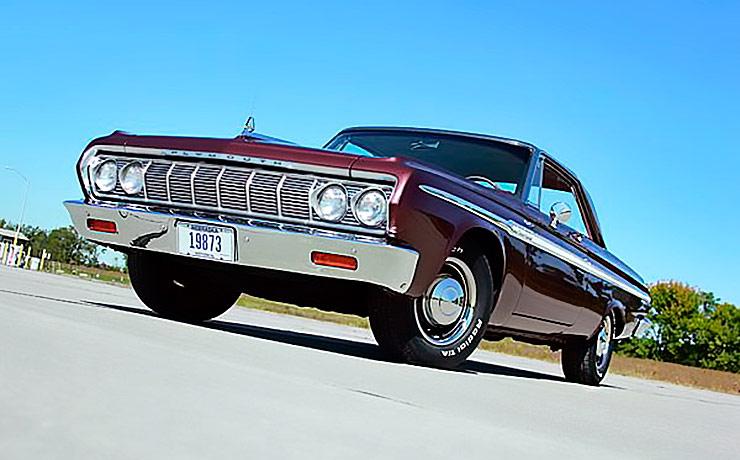
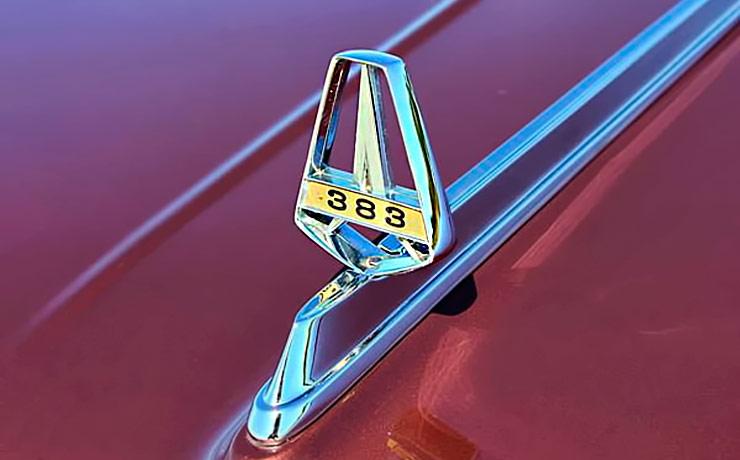
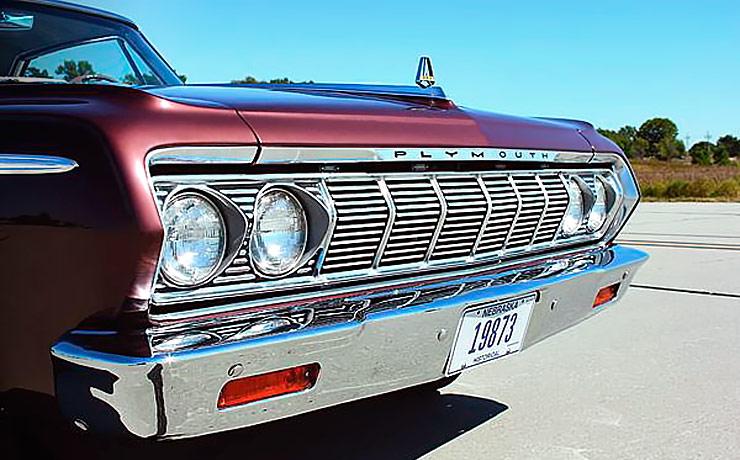
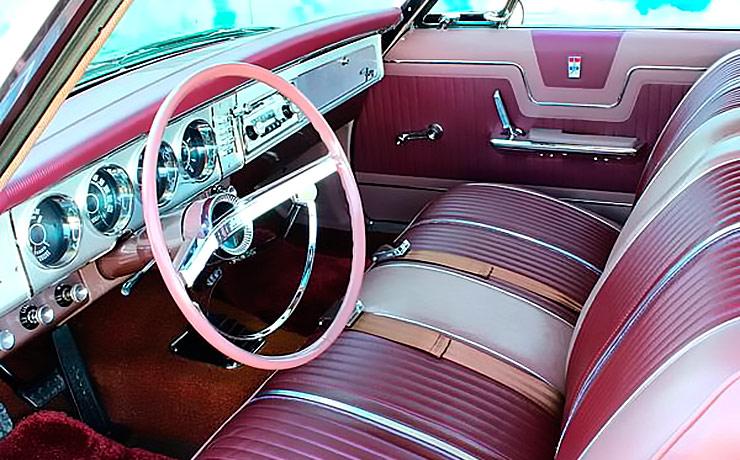
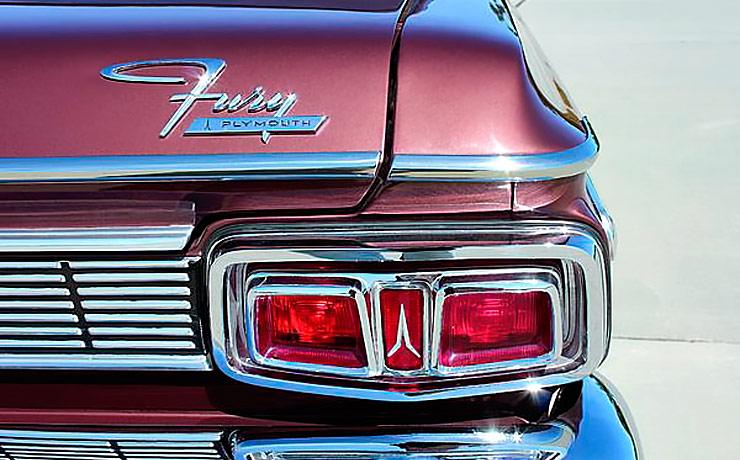











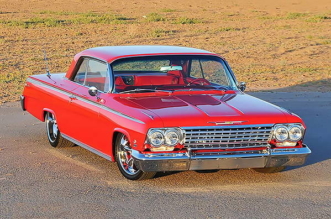
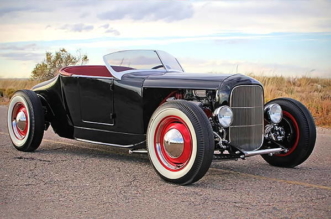
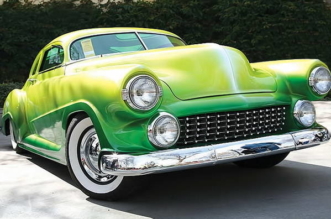









Facebook Comments